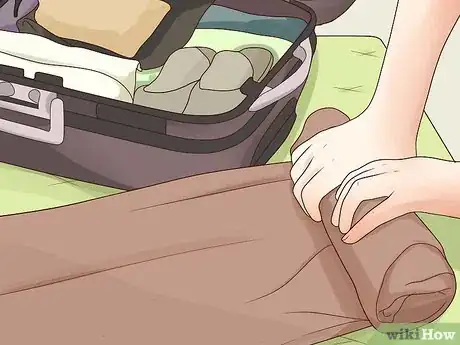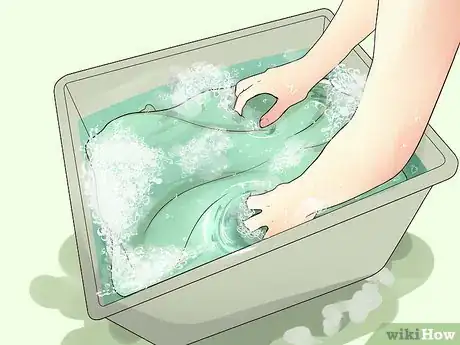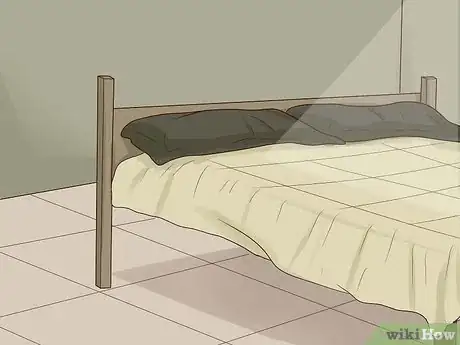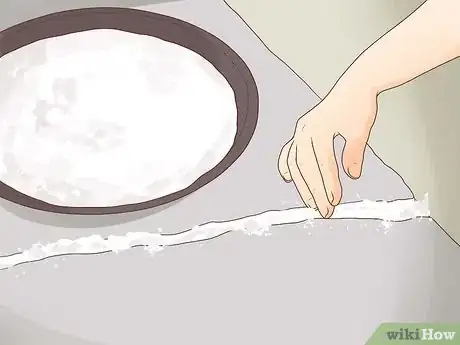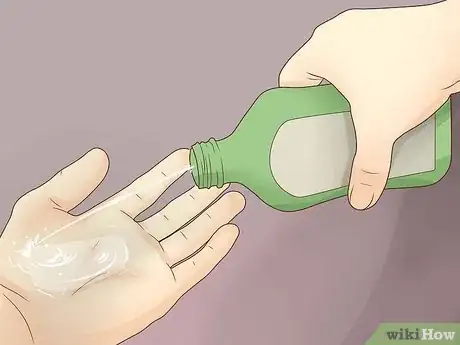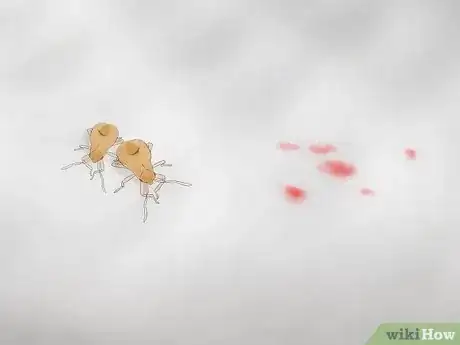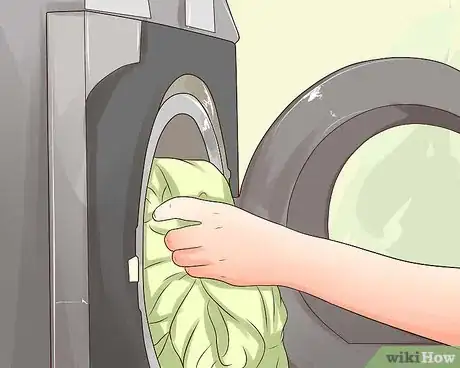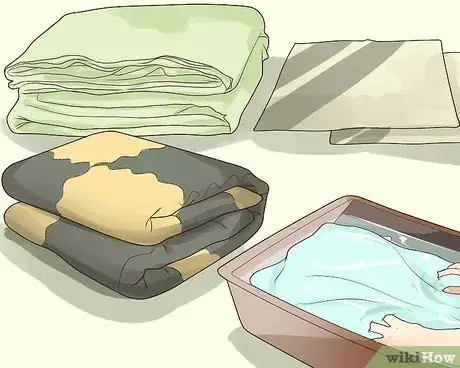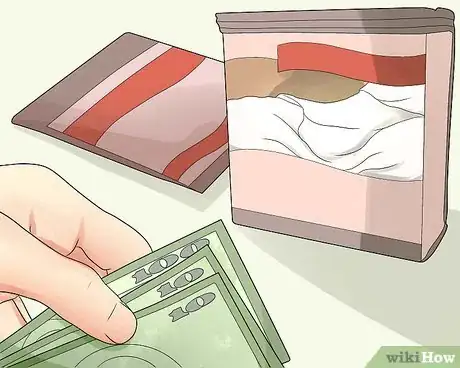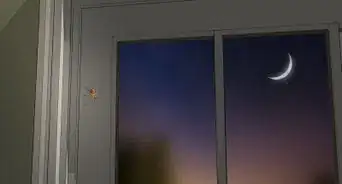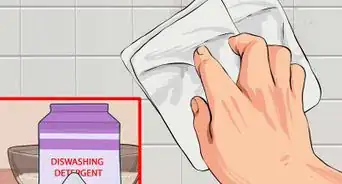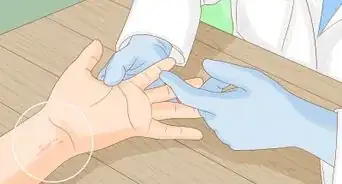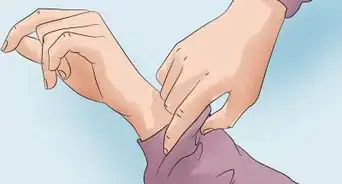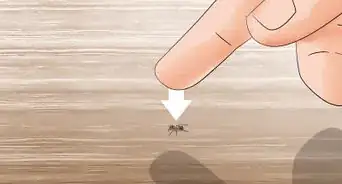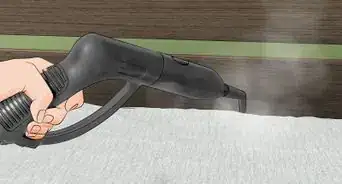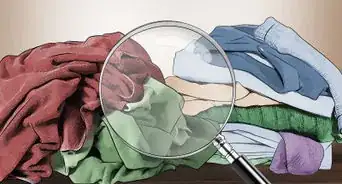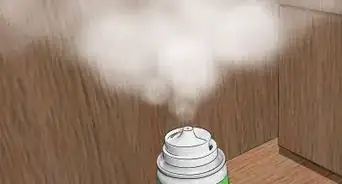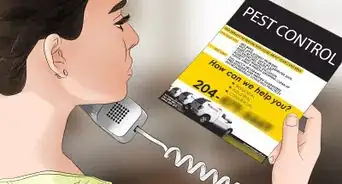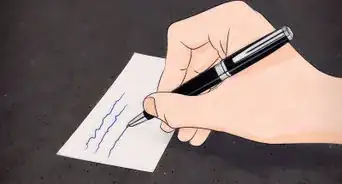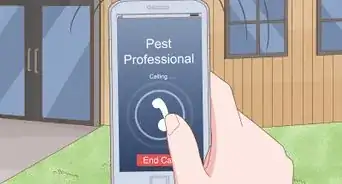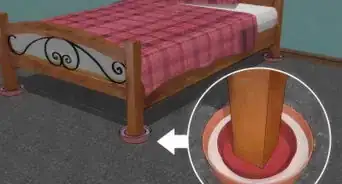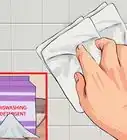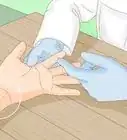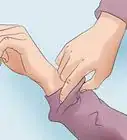This article was co-authored by Chikezie Onyianta. Chikezie Onyianta is a Pest Control Specialist and the Owner of EcoFusion Pest Control, serving communities in New Jersey, Pennsylvania, and New York. With over 5 years of experience, he specializes in pest control in both residential and commercial spaces. A graduate of Essex County College, Chikezie and EcoFusion assist in rodent, roach, and ant pest control as well as bed bug services.
wikiHow marks an article as reader-approved once it receives enough positive feedback. This article received 13 testimonials and 92% of readers who voted found it helpful, earning it our reader-approved status.
This article has been viewed 982,497 times.
As anyone who has been the victim of bed bug infestation will tell you, getting rid of these little blood-sucking vampires is just as difficult to deal with as the actual thought of these horrific bugs crawling all over your body and in your bed while you sleep at night, sucking your blood out for their own sustenance. This guide will tell you how to get rid of these monsters in a simple, cheap, non-toxic, and effective manner that won't involve several bug bombings of the furniture closest to your body. This is also a great method for people who cannot afford to just toss out their mattress and buy a new one; and even if you do that, you would still want to do everything on this list as that will more than likely not be the only hiding place for these pests.
Steps
Clearing the Clutter
-
1Organize any clutter or mess in your home as well as you possibly can. It is always easier to isolate the problem and work in a clean environment. And don't assume that just because your house is clean/dirty, that is the reason you have an infestation. Bed bugs are an epidemic, and they prefer any environment that houses a warm, living body for them to feed on, including your pets. Your personal cleanliness has nothing to do with it. Bed bugs do like to hide in piles of laundry and (surprise) your bed, bed-skirt, and box spring. They will make it into couch cushions and blankets, and whatever else they can. More often than not, though, they are coming in through a hole, opening, or crack somewhere.[1]
-
2Clean everything thoroughly.
- Wash any and all exposed clothing, bedding, cushions, fabric, etc. in as hot water as the fabric can stand, and use bleach if possible on anything that you can. A color-safe bleach would be perfect for this purpose.[2]
- Vacuum and mop the carpets and floors. Use bleach on the floor first and then use the water/alcohol solution to spray and mop it down after. Wipe down any surfaces that can handle the water/alcohol solution without suffering any damage as a result.
- If possible, bag up anything you cannot wash with an airtight seal and put it outside (if you live somewhere that temperatures are freezing, somewhere in the snow, or if not, put it somewhere that may expose them to heat but will not damage the bag or the item you have inside it; you are trying to cut off their air supply and kill them with extreme temperature).
- When in doubt, throw it out (if you have the means to do so).
- If there's anything else not mentioned yet, just clean it at the very least with very hot water or freezing.
Killing the Bedbugs
-
1Sprinkle food grade diatomaceous earth into and onto any cracks, holes, openings, or anywhere else that is dry that you feel may be the entry point for the bed bugs invading your home. Diatomaceous earth is an ingredient in most of the bombs aimed at bed bugs; the shards of the shell (or powder) are microscopically sharp and puncture the thin, waxy, exoskeletons of these night-feeding demons, causing them to dehydrate and die, our eventual goal in all of this.[4]
-
2Apply the alcohol mixture if your skin can handle it before you go to sleep until the infestation clears. You may also want to consider wearing more clothing when you sleep as well; and ladies, pull your hair back or put it in something because they will crawl into loose hair. Anything you can do to prevent them from getting to you, do it! Although bedbugs don't carry disease, and for most people, the bites are unnoticeable, for some they itch, and itch, and itch. Bedbugs can bite you anywhere.
-
3Kill any you see on contact and be prepared to deal with blood stains on your bedding, so you may want to change it. In fact, the small blood stains left as a result of rolling over and killing them is often what makes a lot of people realize they have a bed bug infestation in the first place. One place you may want to look at closely is in the folds of the bed-skirt. The last of them should die off in about a week, possibly two. But it may happen sooner than that; it all depends on the severity of the infestation.[5]
Ensuring The End of The Infestation
-
1Clean everything thoroughly, again! This is to remove any dead bugs lying around and just as another precautionary measure in case there were still some eggs or baby blood-suckers that made it through the initial phase of cleaning. They will get vacuumed up very easily.[6]
-
2Wash all of your bed sheets, comforters, duvet/pillow covers. Wash everything where a bed bug can potentially hide.[7]
-
3Buy bed bug mattress and pillow protectors. You can't wash these in the laundry machine, so wrap them up with a protector that has a bed bug-proof zipper that will seal any existing bed bugs inside and prevent any new ones from crawling in.
Expert Q&A
-
QuestionWill heat kill bed bugs?
 Chikezie OnyiantaChikezie Onyianta is a Pest Control Specialist and the Owner of EcoFusion Pest Control, serving communities in New Jersey, Pennsylvania, and New York. With over 5 years of experience, he specializes in pest control in both residential and commercial spaces. A graduate of Essex County College, Chikezie and EcoFusion assist in rodent, roach, and ant pest control as well as bed bug services.
Chikezie OnyiantaChikezie Onyianta is a Pest Control Specialist and the Owner of EcoFusion Pest Control, serving communities in New Jersey, Pennsylvania, and New York. With over 5 years of experience, he specializes in pest control in both residential and commercial spaces. A graduate of Essex County College, Chikezie and EcoFusion assist in rodent, roach, and ant pest control as well as bed bug services.
Pest Control Specialist Yes, you can use a heat gun to target areas with a lot of bed bugs to quickly kill them. Using a heat gun is better than heating up the whole room since it's faster and doesn't give the bed bugs time to escape.
Yes, you can use a heat gun to target areas with a lot of bed bugs to quickly kill them. Using a heat gun is better than heating up the whole room since it's faster and doesn't give the bed bugs time to escape. -
QuestionWhat is in the alcohol mixture?
 Community AnswerYou should use rubbing alcohol, and rub it all over to get rid of the bed bugs.
Community AnswerYou should use rubbing alcohol, and rub it all over to get rid of the bed bugs. -
QuestionDoes moisturizer prevent bedbugs from biting?
 Community AnswerAny cream or sticky substance that creates a barrier can help. The goal is to prevent the bed bug from biting.
Community AnswerAny cream or sticky substance that creates a barrier can help. The goal is to prevent the bed bug from biting.
Warnings
- Bed bugs are one of the hardest infestations to get rid of. It's possible that the infestation you are battling is beyond the scope of your capabilities and it may be best to call an exterminator if it continues despite repeated treatments and offensive attacks.⧼thumbs_response⧽
- If the bedbugs keep on coming out of the same mattress, throw it out because it's not safe.⧼thumbs_response⧽
- Be careful of the shell powder with babies and pets crawling around the house. Make sure that you don't place it anywhere that they might readily get into it or inhale it. The cracks, the baseboards, door jams, etc. should all be pretty safe but if any area you suspect is right out there in the open, make sure you monitor who's going near it.⧼thumbs_response⧽
Things You'll Need
- Bleach
- Alcohol/water solution (you can add a few drops of tea tree oil if you are so inclined; it makes the solution smell better and tea tree oil itself has anti-bacterial properties.)
- Diatomaceous earth.
- Plastic, seal-able mattress cover(s), if you can afford to do so that is; air-tight is what we're looking for so that we can cut off the bugs' air supplies, and contain the ones that are already present so that they may no longer continue their vampiric rampage.
- Petroleum jelly (for those whose bed is raised)
References
- ↑ https://www.domyown.com/how-to-get-rid-of-bed-bugs-a-449.html
- ↑ https://www.epa.gov/bedbugs/do-it-yourself-bed-bug-control
- ↑ https://www.canr.msu.edu/news/got_bed_bugs_make_your_bed_an_island
- ↑ https://pesthacks.com/diatomaceous-earth-for-bed-bugs/
- ↑ https://www.epa.gov/bedbugs/how-find-bed-bugs
- ↑ https://www.bedbugs.umn.edu/bed-bug-control-in-residences/laundering
- ↑ https://www.bedbugs.umn.edu/bed-bug-control-in-residences/laundering
About This Article
Having bed bugs is a pain, but you can get rid of them organically with some simple, non-toxic solutions. To start, clean everything in your house thoroughly. This means washing all bedding, fabric, and cushions in hot water, and vacuuming and mopping your carpets and floors. If you have any items that can’t be washed, put them in an airtight bag in the freezer or throw them away. To stop bedbugs from getting into your bed, move it away from the wall and keep your blankets from touching the floor. Sprinkle food-grade diatomaceous earth into any cracks, holes, or openings in your home where bed bugs might be entering. This will dehydrate the bed bugs and eventually kill them. To learn how to prevent a reinfestation, read on.
